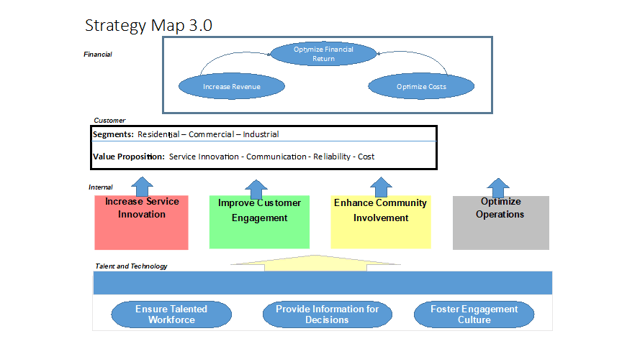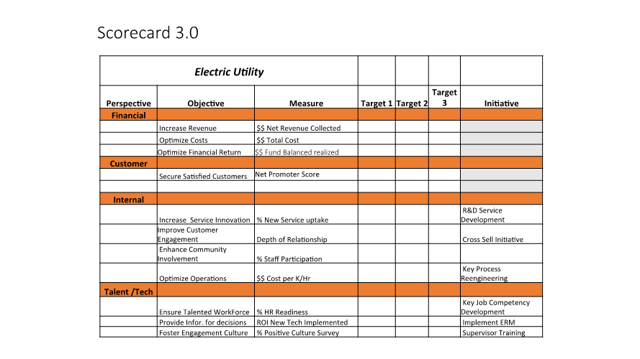Welcome back to ESM's latest blog series, The Updated Balanced Scorecard Approach, taken from the article, “The Balanced Scorecard Refresh – Lessons from 20+ Years in the Field,” authored by Mario Bognanno, Ryan Englund, and Randy Russell. In today’s post, we will examine components of the Internal and Talent & Technology perspectives including "Input” objectives that are critical to achieving desired outcomes in the customer and financial perspectives.
The latest thinking around the Internal Perspective suggests focusing on just a few critical objectives and measures. Historically, the largest number of measurable objectives is associated within the internal process perspective, but when the true interactions between processes and desired outcomes are not yet known - such an emphasis on detail - they set the stage for potential conflict and confusion. Too many choices for operational actions may or may not pay off in terms of strategic impact. Don't get lost in the weeds; begin by selecting a 3-4 cause and effect hypotheses that can be tracked by internal objectives.
Last week's blog illustrated the need for driver objectives and driver measures in the customer perspective to move the strategy forward. These supporting elements are important, but they are even more relevant closer to where the strategic work takes place: the unit and/or department levels in the organization. Therefore, the cascading process should be relied on to account for these strategic drivers. Getting too deep into the details at the enterprise level can interfere with achieving successful alignment later in the process.
Example of a Refreshed Strategy Map

Next, the input required to achieve the strategic vision must be defined in terms of the people and tools required to produce the desired outcomes. In the Talent & Technology Perspective, it is important to link these strategic enablers to the internal process objectives.
Example of a Refreshed Balanced Scorecard

In this context, talent is defined as the skills within the workforce that are required to achieve the internal process objectives and ultimately to improve strategic performance. These enablers include both human talent and technology (information management tools) used to improve performance and drive performance outcomes. The organizational environment—the culture and climate within the organization—should also be considered within this perspective. These enablers must be specific and focused on the work processes required for the strategy. The key recommendation is to keep it as simple as possible.
Next week we’ll discuss the updated approach to cascading to ensure your entire organization is working towards strategy execution. Don’t miss it!







